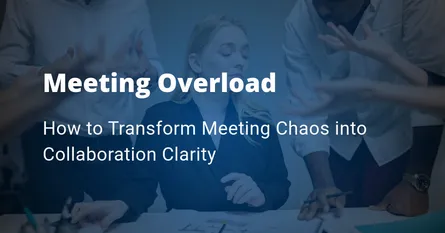-Low-Quality.DNBpXyLx_OOBKy.webp)
14 Steps to Becoming a Better Manager in 2025
- Admin
- Collaboration
- 27 Jan, 2025
While it may be easier, to some, to lead a team that occupies the same office, acquiring and strengthening the skills associated with being a good manager for virtual or hybrid teams is more relevant than ever.
The Future of Work is evolving, and the number of people who work remotely at least once per week has grown by an astounding 400% since 2010. In Robert Half’s August 2021 survey report of more than 2,800 senior managers, companies in cities most receptive to hybrid work — including Boston, San Francisco, Philadelphia, Dallas, and Pittsburgh — have figured out that many employees are productive no matter where they’re sitting. Still, in Lattice’s recent 2025 State of People Strategy Report, managers truly recognize the importance of staying connected with their teams. Most managers (78%) have daily or weekly check-ins with direct reports, and of those, 97% say they feel somewhat or very connected to direct reports. Managers who are meeting or exceeding their goals also report feeling very connected to their team.
Still, managers in these companies cite the complexities of supporting a distributed workforce long term, and indicate their top challenge as “communicating effectively with team members” quickly followed by helping staff avoid burnout. For them, being a good manager means addressing these items head on.
So as teams settle into distributed work models, it’s clear that effective communication and collaboration can no longer remain dependent on in-person interactions. As a remote-first organization since its inception, we asked our Humantelligence Culture Success Coaches for their short but most impactful tips for better supporting hybrid and virtual team members. These quick tips are meant to enable better communication, collaboration, and team performance.
Being a Good Manager Means Better Communication
Demonstrate empathy any time the team member expresses a problem or frustration.
Use The Empathy Formula to acknowledge the team member’s feelings based on facts. Here’s the formula: “It sounds like you’re (feeling) because/about (fact).” Here’s a real-life example: “It sounds like you’re feeling overwhelmed (feeling) because of the reduced number of people on the team (fact).”
- Establish a new one-on-one meeting routine.
According to Lattice, most managers (78%) have daily or weekly check-ins with direct reports, and of those, 97% say they feel somewhat or very connected to direct reports. Managers who are meeting or exceeding their goals also report feeling very connected to their team.
Have a scheduled meeting at least twice per week over video conference. If these meetings are currently less frequent, use the same amount of overall time divided up over more meetings. Always have your camera on and ask that the employee does the same — it’s a way to build connection and drive resonance.
Talk to your team members every single day.
If a meeting is not scheduled, call them on the phone and talk to them. Sometimes just a quick check-in call is all it takes for some days. One of the most important elements of being an effective manager is keeping lines of communication open with your team members, especially when it has nothing to do with assignments or project statuses.
Do note that talking to a team member in a team meeting doesn’t count here, nor does exchanging texts or leaving voicemails. We have to put in the work!
2. Demonstrate your availability.
End your meetings with your team member by encouraging the team member to contact you by phone or to request an unscheduled meeting. Always answer the call when possible.
3. Establish line of sight and continue to reinforce it.
Ensure work assignments, expectations, and deadlines are perfectly clear. Break down current goals into smaller chunks that are measured on a more frequent basis. Find opportunities during your one-on-ones to talk about how the specific work they do contributes to a specific team or company objective. This is not as obvious to them as it might be to you.
4. Do not hold hybrid meetings.
Being a good manager entails leveling the meeting playing field so all team members can contribute equally. This is a best practice in general, and particularly important for any struggling team members. If some of the team members are in the same location and some are remote, have the onsite team members split up and join from their own computers. It equals the playing field, and makes remote employees feel less on the outside.
5. Leverage a Culture Playbook
Use Humantelligence at least once a week with your teams. The first step is deepening your understanding of the team member’s motivators and behavioral preferences to best know how to help them. Once you have a deeper understanding of his/her psychometric-based Talent Profile, use the one-on-one comparison tool to go over your and the team member’s similarities and differences, which will help the team member feel “seen.” Uncover how the team member’s unique strengths shown on their Talent Profile can be better put to work for the benefit of the team, and then tell them.
From here, you can then leverage the team culture playbook. Being a good manager entails taking stock of your team’s dynamics, monitoring it, seeking feedback on it, and then shifting, building, or sustaining it. The Playbook enables you to align culture to strategy so you can improve your team’s performance. It’s a simple three-step process to help guide you through driving better collaboration, inclusion, and team effectiveness more quickly. With ongoing and frequent assessment of your team’s culture, you’ll be well on your way to better engaging team members and ensuring optimal effectiveness.
6. Address Employee Burnout
In today’s climate, employee burnout is inevitable. It’s everywhere, just recently classified as an occupational phenomenon by WHO, and felt by most at some point. In Visier’s survey of 1,000 full-time employees across the U.S., findings revealed:
- 89% of employees report experiencing burnout over the past year
- 70% of employees would leave their organization for one offering resources to reduce burnout
- 42% of women feel uncomfortable talking to their boss about burnout, compared to only 30% of men
Good managers remain on guard for signs of burnout, and more importantly, effective managers monitor some of the top causes for it and then actively address them. Root causes of burnout often include:
- Underlying team structures, such as the size of the team, how they collaborate, and how they get things done
- Atmosphere created within the team, such as the degree to which people communicate openly and are able to take risks
- Level of transparency in the organization, such as how readily leadership shares significant information with employees
- Organizational structures, like a lack of role clarity caused by:
These causes often manifest themselves in some of the following ways.
- Unclear Job Requirements
- Impossible Deadline Requirements
- High-Stress Times With No “Down” Times
- Big Consequences for Failure
- Lack of Personal Control
- Lack of Recognition
- Poor Communication
Being a good manager requires you to adapt to the unique needs of your team – a team that may still be navigating the challenges brought on by Covid-19 – in order to create team cultures which value the whole individual, not simply the sum of their efforts. Below are ways to make culture shifts that can help better support and retain your employees.
7. Developing Sustainable Workloads
Workload is often one of the top reasons employees cite when feeling burned out. Despite some reports showing that productivity went up as teams transitioned into remote work, leaders must not take it as a clear invitation to increase workloads. For many, throwing themselves into work was one way to cope with the vast unknowns which have characterized this year, and productivity levels may dip simply because they’ve been firing so hot for so long.
It’s also important to consider competing challenges employees may be facing, such as childcare or Zoom fatigue, and assign tasks and the complexity of the workload based on your assessment and each employee’s abilities.
8. Set Clear Performance Expectations
High levels of stress due to performance expectations can often be solved by analyzing your teams in the current context. The abrupt shift to virtual teamwork created a lot of strain for individuals, and the pressures on teams will continue as companies shift their focus to how, if, and when to bring employees back to the office — or completely transition its workforce model.
Evaluate the makeup and status of your organization’s teams, giving consideration to both tasks and people. Are their objectives still relevant and are their timelines appropriate? Are you spreading certain individuals too thin by placing them on unnecessary teams? Or are there teams who need more resources to work more effectively? Approaching performance with curiosity can help organizations better identify problems and ease the pressure to perform.
Additionally, being a good manager requires that you give employees clear priorities can help them focus on what’s most important and balance their responsibilities. Ensure your teams have a solid understanding of goals or deadlines they’re expected to hit and feel empowered to weigh in on those expectations.
9. Good Manager Practice Balance
With the boundaries between work and home blurring more than ever, cultivating a culture that prioritizes rest is critical. Rest goes hand in hand with innovation, creativity and results; however, the pandemic has made traditional travel fraught with challenges, if not impossible. Most employees continue to work with no vacation in sight and forget they can still use their paid time off, even if there’s nowhere to go. Remind them of the importance of taking a break.
It’s also important to adapt your notion of what constitutes a workday. For some, traditional work hours may still fit with a working-from-home landscape, while for others, a less-traditional schedule may do wonders for their wellbeing. Create ways for your teams to reflect on when they work best and adapt their workflow. Are they most inspired in the evenings after the kids are in bed? Do they need a couple hours between meetings to give themselves time to recharge? Be open to new timelines and structures, and lead by example.
Additionally, the increased reliance on virtual communications and home offices means that for many, it is more difficult to unplug and turn work off. Ask employees what rest looks like for them in this new landscape. Is it having a day of no meetings? Having cutoff times for phone calls? These small steps can be crucial in ensuring that your teams have the time and space they need to recharge.
10. Build employee commitment by actively encouraging feedback
During any period of rapid change, all employees need to understand the company’s future vision and direction. An unknown future can make employees feel very unsafe and insecure. It could also lead them to imagine and predict outcomes that may (or may not) happen. Creating a culture of trust, transparency and openness is critical to reducing the stresses felt by today’s workforce.
Last year was filled with uncertainties, so being a good manager means you must be open with your teams about the organization’s return-to-work plans and pivots in structure or projections can help give them a sense of control when it comes to childcare planning, personal financial decisions, and how they prioritize their tasks. With clear, regular updates from leadership, organizations can boost morale and increase employee engagement, as well as help their teams feel empowered to make well-informed decisions for themselves and their families.
Employees’ thoughts about work then become dominated by these fears. However, workers are reassured when their leaders encourage them to give feedback about new goals and strategies. They are also more likely to feel their thoughts are valued. And they will be more likely to commit to achieving new goals.
The American Psychological Association’s Center for Organizational Excellence outlined the importance of communicating to prevent burnout, recommending “regular, ongoing opportunities to provide feedback to management.” Doing this allows leaders to recognize when it may be time to dial demands back and expand resources, such as child-care assistance and increased wellness and mental health support.
11. Connection and Engagement
One of the toughest challenges currently facing companies is how to help mitigate their employees’ feelings of isolation. Feeling disconnected can compound stresses due to workload and performance, and with many organizations still fully remote or transitioning to remote-first, leaders must find new ways of inspiring authentic connection.
Finding ways to allow for connection not related to workload is key. For some organizations, hosting virtual happy hours, trivia nights and even karaoke parties have been innovative ways they’ve created a culture of online fun. Slack can also be used for more than productivity — consider starting a channel that invites people to share birthdays, posts pictures of pets and funny WFH moments, and of course, share memes.
12. Good Managers Practice Active Listening
Disgruntled employees often talk to each other. And this can create a subculture of resistance and poor performance. However, not all employees are willing to talk about their issues with their leaders, even though these issues may occupy a loud place on the office grapevine. By listening actively and compassionately to employee complaints, leaders can identify potential problems before they begin to affect team collaboration.
13. Create an honest, fair, and equitable culture across all levels
Office politics can make work highly stressful. And they can get worse when people are working remotely, without face-to-face conversations. Problematic office politics can also violate your organization’s code of ethics and potentially expose the organization to legal problems. Strive in policy and practice to treat all employees honestly, fairly, and equitably.
14. Provide tools that help people develop
Consider the opportunity to develop the communication, collaboration, and leadership skills of each of your employees — without extra work or time. Using personalized virtual AI coaches built right into the tools employees use every day, you can drive more effective interactions that lead to more agile and productive teams.
In the increasingly complex world of the Future of Work, being a good manager means we have to use technology, emotional intelligence, empathy, and communication as team leaders to build the person-to-person connection. Doing so is the definition of being a good manager because it makes our team members feel trusted and empowered to perform.










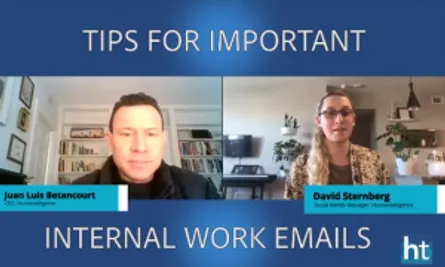

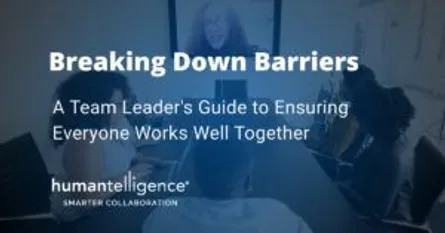




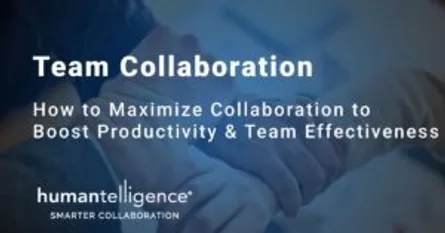


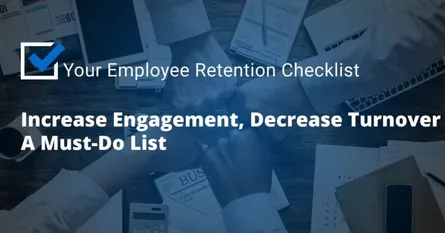

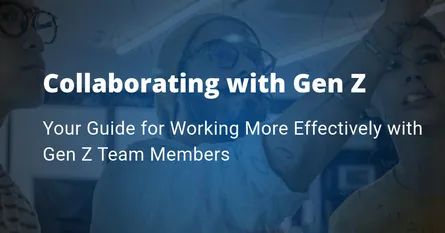
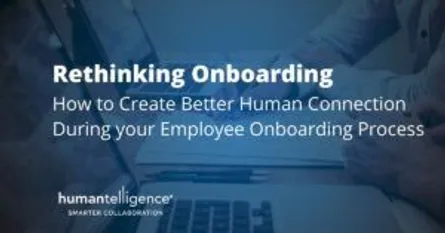


.CiqwvMOO_A63sY.webp)
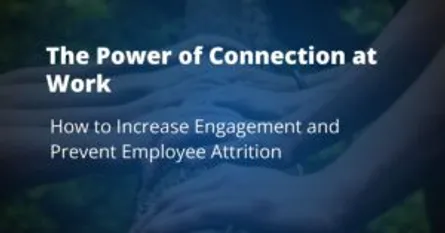
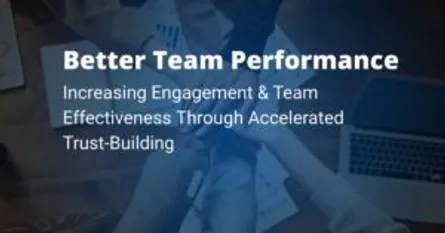
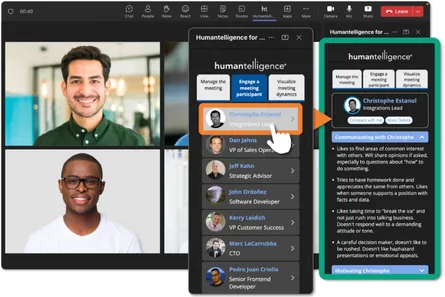

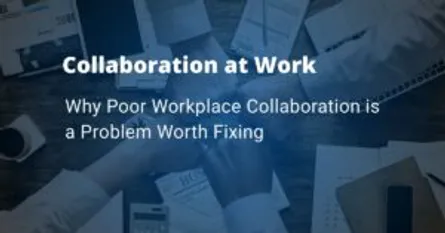
-Medium-Quality.ZFp5mEuF_Z13ebXJ.webp)
